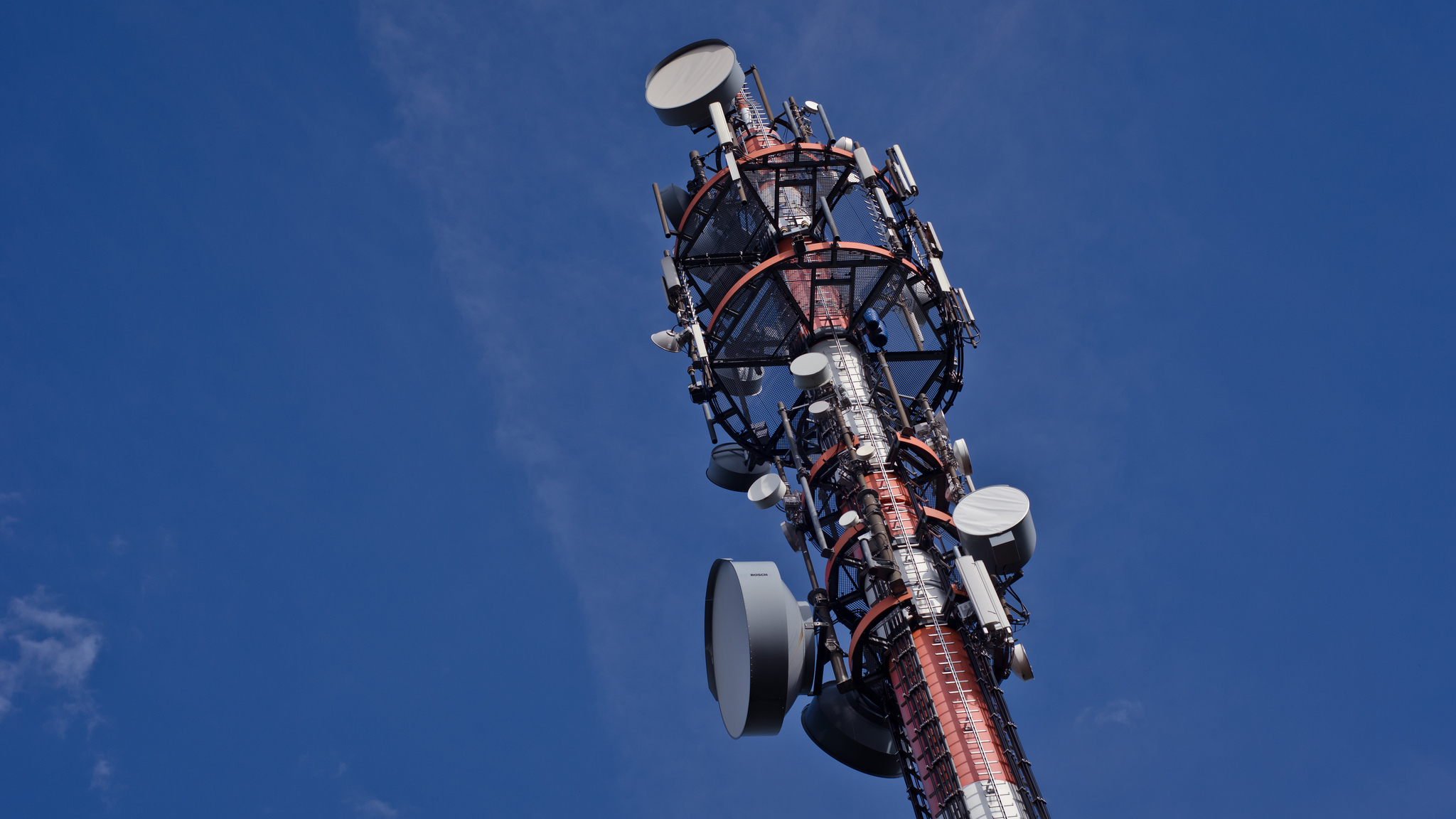Our unparalleled experience in spectrum management and analysis combined with our affinity in developing applications for spectrum management system gives us knowledge and capabilities beyond mainstream service providers. Our spectrum management engineering services covers:
A) Co-ordination Service:
National and international compatibility check, processing of notification forms; coordination of single radio sites or complete radio networks according to latest ITU standards.
B) Database Clean-Up:
Data is one of the most important assets of the regulator. We guarantee data consistency, integrity and high quality of data.
C) Band Re-Farming, Band Re-Allocation and Redefinition:
Optimize use of certain frequency bands, re-attribute or re-define complete frequency plan. Mappiah engineers maximize re-use of frequencies, make additional channels available or design and engineer a complete national frequency plan.
D) Measuring Services:
Mappiah is your powerful, independent partner for your specific measurement task. We are covering the full radio spectrum, all common technologies and provide a wide portfolio of radio measurement services addressing all topics from continuous wave (CW) measurements, radio coverage analysis and measurement of human exposure to highly specialized spectrum monitoring measurements studies.
Mappiah has access to all the commercially available measurement systems. In addition we implement measurement solutions to meet individual customer specifications.
Measurement Services
Mappiah provides the following “cutting edge” measurement services:
A) Continuous-Wave (CW) Measurements
To produce accurate propagation predictions exemplary selected sites (existing or to be planned) are measured, considering issues such as the environment and antenna characteristics.
B) Radio Coverage Measurements
Concerning radio networks, coverage is essential for successful operation. Therefore radio coverage measurements are needed to identify, evaluate and analyze the available radio signal strength – in urban and rural areas as well as in-building.
The results are used to prove the fulfillment of the coverage targets and the realization of the network or to derive strategies for further network optimization.
C) Human Exposure Measurements
The transmitters of RF radio services produce electromagnetic emissions people may be exposed to. For assessing people’s safety, the exposure must be measured and compared with limits.
Complying with relevant standards demonstrates a commitment to protect the health of staff and the public community and satisfies the legal safety requirements Mappiah is offering.
- Performance of measurement studies and evaluation of the results with respect to legal standards and regulations
- For Public and Workers Safety: Measurement and evaluation of human exposure to electric, magnetic, and electromagnetic fields
D) Electromagnetic Emission Compliance Reporting
Wireless communication technology, such as TETRA/GSM/UMTS/LTE cellular radio systems, WLAN and WiMAX, has raised concerns about possible adverse health-effects in humans. To protect against the potential health effects government regulations placed limits on public and worker exposure to radio frequencies set out in national and international safety guidelines, standards and regulations.
Mappiah provides related services such as:
- RF site audits and tower inspection
- Creation of electromagnetic emission compliance reports
- Policy development for EM safety
- EM simulation: Computer-based simulation and prediction of electromagnetic fields and exposure distribution from radio base stations / transmitter sites and complete networks and considerations of human safety
- Expert studies on legal and technical matters including exposure, measurement, calculation methods, safety precautions, etc.
- Performance of scientific-technical EM studies
E) Spectrum Monitoring Measurements
Spectrum monitoring measurements based on the latest ITU-R and CEPT recommendations, reports and handbooks, such as:
- Spectrum scanning
- Spectrum occupancy measurements
- Bandwidth measurements
- Interference measurements
- Inspection of radio stations
- Detection of illegal transmitters
- Directional finding


